Are you looking for Animals and Wildlife in Indiana? Known as the “Hoosier State,” a midwestern state bordering Michigan toward the North, Ohio toward the east, Illinois toward the west, and Kentucky toward the south.
Its significant streams are the Ohio Waterway, Whitewater Stream, and Wabash Stream, the longest waterway east of the Mississippi. Indiana’s geology incorporates thick woodlands, field grasslands, riverbanks, lakeshores, and rough slopes. The more significant part of the land in Indiana is devoted to cultivating.
Read on if you want to know more about the Animals in Indiana!
Some animals and wildlife that are found in Indiana are:
Northern Cardinal
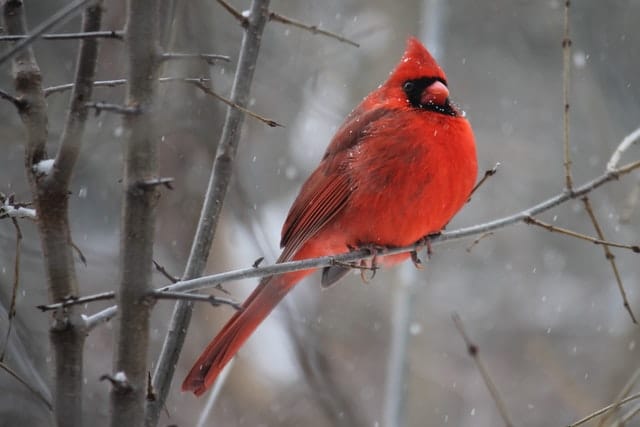
Male birds are more attractive in viewing and attract many visitors to the Ohio region because of their excellent looks. They are beautiful birds that one cannot take their eyes off viewing them.
Cardinals don’t move, and they don’t shed their feathers in the winter season. During the summer season, they whistle in the morning time which is one of the best sounds found early in the morning.
North Cardinal is one of the most beautiful red birds and is very attractive. This bird is the state bird of seven states, so this is one of the official birds. One of the oldest cardinal birds was 15 years and nine months old, found in the Pennsylvania region.
Where to find North Cardinal in Indiana
North Cardinal is known as the state bird of Indiana region, primarily found in central Indiana. Its population matters with the season as in the winter season; they found significantly less in North Indian territory.
Groundhog
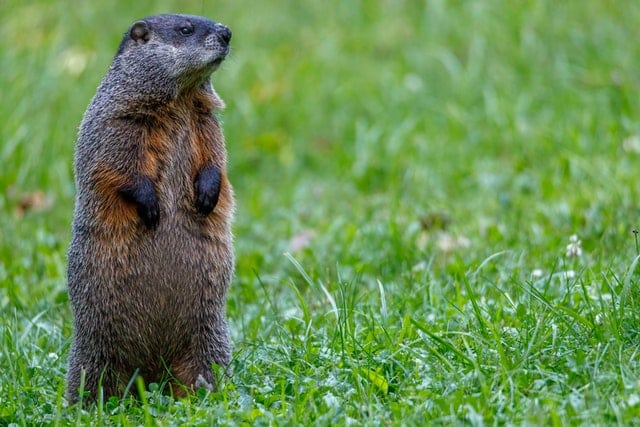
Groundhog is known as a woodchuck, and they come under the rodent category. They belong to the Squirrel family and are lowland animals found in different parts of Tennessee. Groundhog is recognized with names like Canada marmot, monax, chuck, wood-shock, whistle pig, and land beaver.
They usually live in rocky and mountain areas. Groundhog plays a vital role in the ecosystem; they help maintain the health of the soil in woodland and plain regions.
They are also considered vital habitat engineers. Groundhogs work together in groups; they are brilliant, with complex social networks. They create a good relationship with young groundhogs. They communicate and understand threats using whistles. They work together to solve tasks like creating mines or tunnels. These animals are herbivorous and mainly eat wild grasses and other vegetation diets like crops and berries based on the season they are available.
Sometimes they eat small animals like snails, baby birds, grubs, and grasshoppers, but they are not considered omnivorous. In June, their metabolism slows down, and their food intake decreases.
During the winter, they do not store food; instead, they survive without eating. Even if they don’t drink water, they cover the need for liquid from the juices of plants and vegetables they consume. Adult males weigh up to 3.83kg and are 41.8cm to 68.5cm long, and females weigh from 3.1 to 5.07kg.
They have incisor teeth which are 4 in number and grow 1.5 millimeters every week. These incisor teeth are white; sometimes, they may be ivory white. They have short legs and wide, long claws, which help them dig. Their tail is faster than other squirrel family members.
Where to find Groundhogs in Indiana
Gobbler’s Knob is the central spot for viewing Groundhogs in the area.
Bobcat
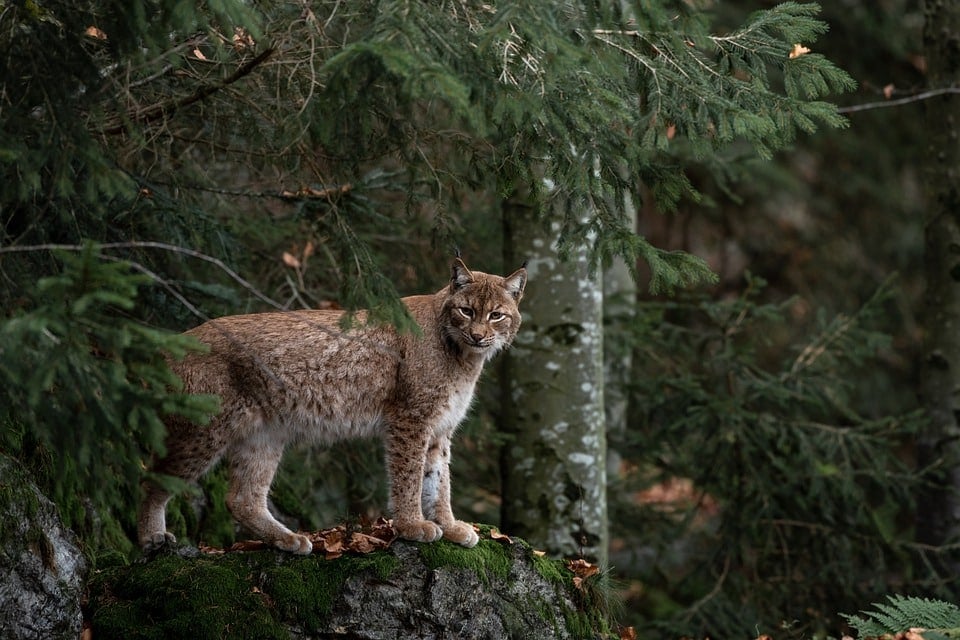
A long-legged cat with colossal paws, a genuinely short body, and tufted ears, the wildcat is 60-100 cm long, excepting the 10-20-cm tail, stands 50-60 cm at the shoulder, and weighs 7-15 kg. Its fur, stiffer and less critical than the lynx’s, is pale brown to blushing with dull spots.
The underparts are white; the tail tip is dark above and white underneath. In the daytime, wildcats endlessly rest in a niche such as a vacant tree or a stone separated, with one individual including different dens in its home reach. These cats are uncommonly provincial and will look at their scope with scent and make unquestionable snare markings on trees to tell others of their presence.
The parents’ massive reach will habitually cover several additional unobtrusive female districts. Still, cats will not work together until the imitating season in the colder season. During the rest of the year, catamounts avoid others more to reduce their chance of being hurt during a fight.
The catamount hardly communicates, notwithstanding how it regularly yowls and mumbles during the mating season. At times found in provincial districts, the wildcat is an evening, generally single cat in much the same way at home in woods and deserts.
It is less arranged than the lynx to climb trees or swim, benefiting rodents, rabbits, hares, and birds. Imitating occurs in spring (sometimes a second time later in the year); a litter of one to six felines is brought into the world after a development season of something like 50 days.
Monetarily, the catamount is essential as a furbearer and is critical in keeping the amounts of rodents and rabbits dealt with. The wildcat is an evening time and solitary animal, generally a powerful secret of the night, and tends to do most of its hunting during first light and dusk.
Where to find Bobcats in Indiana
They live in different habitats like deserts, forests, scrubland, and with many other animals in Indiana.
Milk Snake
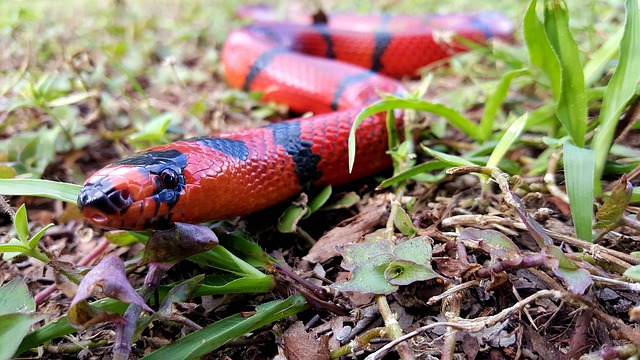
Around three subspecies of milk snakes are found in Tennessee, and they are primarily found in the eastern region of Tennessee. The adult milk snake is approximately 24-36 inches in length. They are tan or grey with around 3-5 lines of reddish brown color and black edge scars on their back.
They have Y or V-shaped tan marks near the rear side of the head. They are named milk snakes as there is an old myth that they milked cows and are usually found in barns. But there is no fact for this, and it’s just a myth. Scientifically they are discovered more generally in barns because rats and rats are one of their favorite food. They cover various habitats in the Tennessee region, including fields, woodlands, and agricultural and rocky areas.
They spend most of their time under the ground and are secretive. They can be found under rocks, old logs, and old buildings. They also hunt venomous vipers, so the question that arises here is how they handle the venom. Milk snake blood has properties that neutralize the poison of other pit vipers. One kind of milk snake is known as the red milksnake and is found in the northeast Tennessee region. They usually live in wooded areas and mountains. Milk snakes are not harmful to human beings. People love to see them in the different areas of Tennessee.
Places where one can find Milk Snakes in Indiana
Usually, they are found in the eastern region of Tennessee. They can be found in other areas like Ma,ine to Ontario in the North, Alabama to North Carolina in the south, and other animals in Indiana.
Orb Weaver Spider
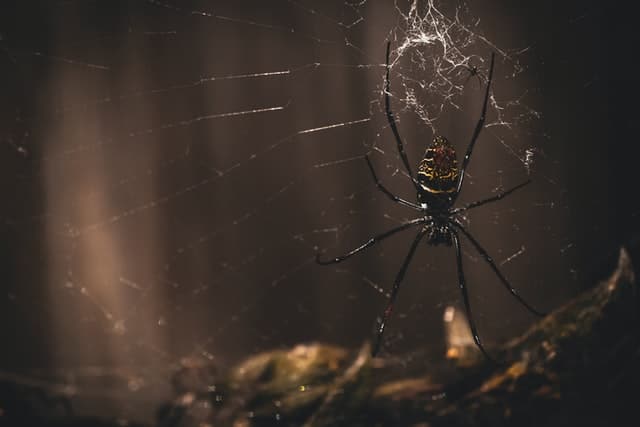
Indiana is home to about 40-50 spider species, many of which are the deadliest, like a false black widow. They are named Orb spiders because of their round and wheel-shaped webs, which they create to catch their hunt. They are also known as garden spiders, as they can easily be found in your gardens. They make their webs with a diameter of 60 cm and are solid. Talking about the look of Orb spiders, they are hairy, have spiny legs, and are approximately 1 inch long.
They have different color marks on their body, like yellow, red, orange, and light brown-black. They are not aggressive but can bite if someone irritates them. When they bite, the area around the bite becomes swell and red, but the v, Enom of orb spiders are not so strong that it can lead to dangerous effects. They usually build their webs around homes, branches of trees, bushes, corners of windows or doorways, and decks, and they can find their nets in the garden.
They can also build their webs near lights as insects come there and will help them feed. The orb spiders’ traps look like frames and have a sticky spiral capture. The silks they use to develop traps have rare properties as they are so strong that the prey cannot make them free from the web. Most spiders create their nets vertically and hang themselves with their heads in a downward direction.
They mate in the center of the web as the males slowly travel toward the traps with a fear of getting eaten, and when they reach the center of the web, they mount a female orb spider. Sometimes male orb spiders create a thread called a mating thread, either inside or outside the web, to attract the female, and if the male spider succeeds in attracting the female spider, the mating process will take on the thread.
Places where one can find Orb Weaver Spiders in Indiana
They are located in Knoxville, Tennessee. But they are ubiquitous so that they can be found in the gardens of your home, old buildings, branches of trees, bushes, etc.
Seagull
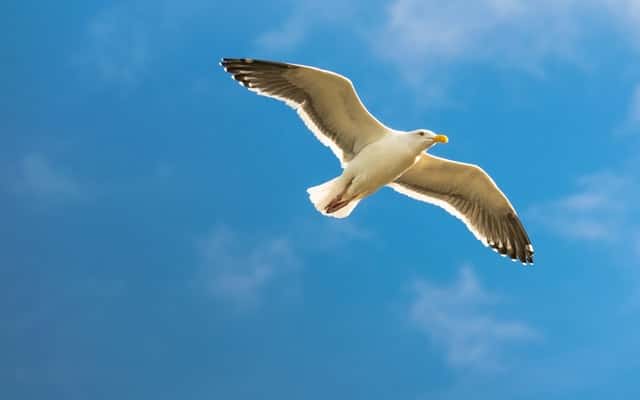
These birds are among the world’s most tenacious and astute foragers, and they are the group that prefers to reside along the coast. Around 50 species can be found worldwide, according to the survey. The American and the European herring gull are the two breeds of seagulls widely distributed worldwide.
These birds are regarded as the smartest in the avian kingdom. They pass on these techniques to the next generation of birds by always remembering their approach to finding food.
Like other animals, these birds can drink fresh and salt water.
They leave the inland region when they aren’t feeding, although they like to reside close to the habitats of the ocean. Their bodies are frequently covered in white, grey, or black feathers. The species can affect the color of their heads. Some species of gulls have blackheads, whereas others have white chairs. Winter causes the color of the head feathers to turn grey. From head to tail, they measure from 11 and 30 inches.
Where to find Seagull in Indiana
They are primarily found in Hulman lake on the east side of the coast.
Freshwater Jellyfish
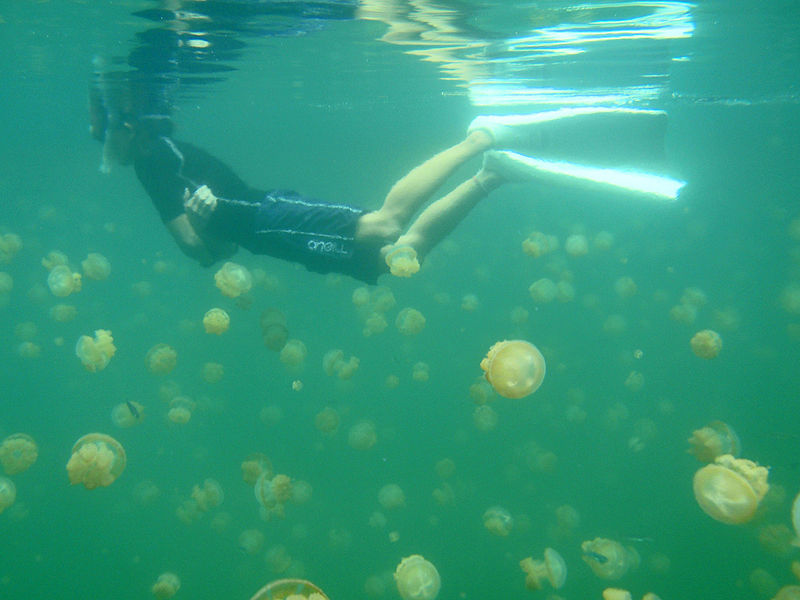
The medusa is formed like a chime, with a design called a velum joined to its underside. It is seldom more than an inch in width, clear with a hint of white or green, and around close to 100% water. Inside the ringer might be compared to a stomach, one round trench, and four channels emanating from the stomach. The stomach has a mouth with four lips, and the outspread channels bear a regenerative organ.
The polyp is molded like a club. Just around 0.039 of an inch tall, it doesn’t have limbs but a cap that holds nematocysts. It likewise has a mouth and clutches a surface with a round base. It can agree to a portion of its level or stretch to two times its class and catch prey commonly greater than it is.
Once in a while, a state of polyps should be visible eating a similar prey. The edge of the medusa’s ringer bears upwards of 400 appendages of different lengths. The more extended ones help the creature swim, while the more limited ones assist it with taking care of.
These appendages have cnidocytes which thus hold nematocysts, which incapacitate prey and maneuver it into the mouth. After the food is processed, the waste is removed from the mouth. The arms additionally have eyespots at their tips.
Freshwater jellyfish eat zooplankton, small creatures tracked down in the water. All the jellyfish needs to do is broaden its arms and hang tight for one of these creatures to brush against them. The prey is then harmed, incapacitated, and brought into the jellyfish’s mouth.
Where to find freshwater jellyfish in Indiana
Freshwater Kelly fish are found in freshwater areas. Wherever we find new water streams, we can easily find them.
Summary of Animals in Indiana

Thank you for reading Animals in Indiana. We hope you enjoyed reading about the different wildlife in Indiana.
It has wild places, in any case, and they are home to sound people of untamed neighborhood life. Indiana’s boondocks locales, streams, and region on the Exceptional Lakes have given it a comprehensive combination of wildlife.
If you liked reading this article, check for Animals in Tennessee and Animals in South Carolina next!
Join our Forum for free today!

- These are The 5 Largest Great White Sharks Ever Recorded - July 19, 2024
- The Surprising Benefits of Big Game Hunting - July 18, 2024
- $100k+ Hunting Experiences The Most Expensive Animals to Pursue - July 17, 2024

